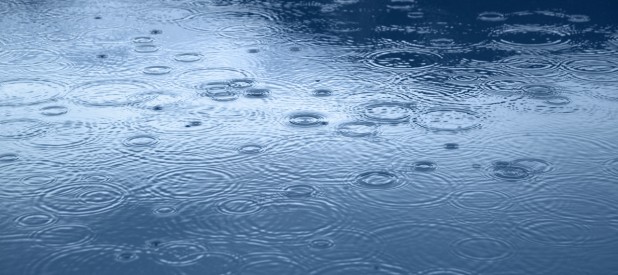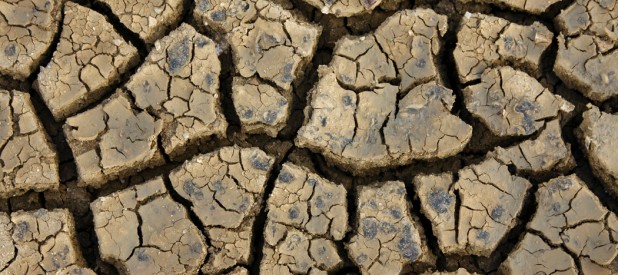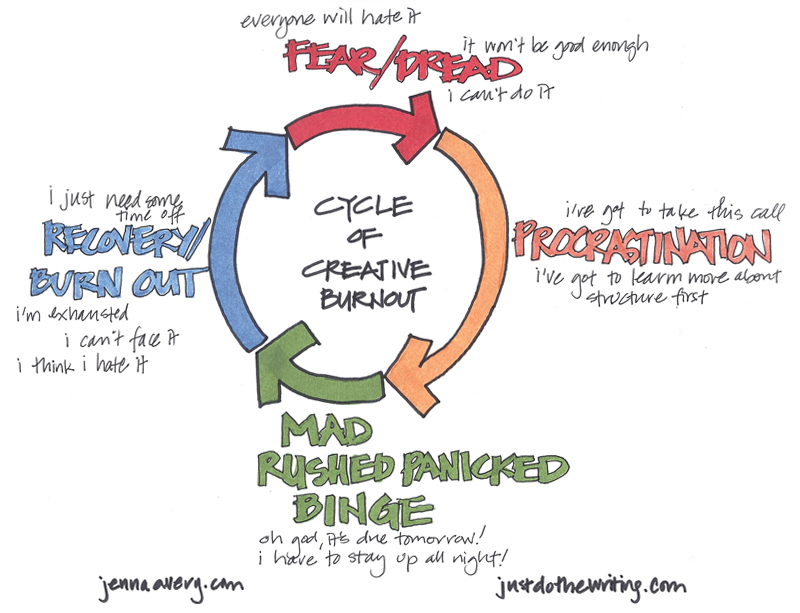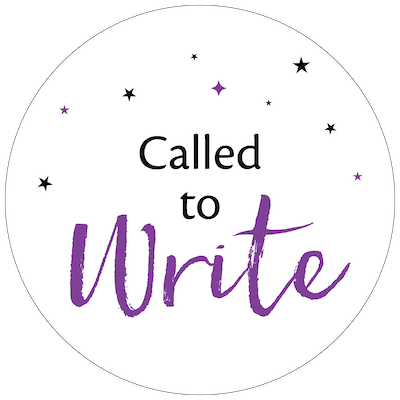Over the last few weeks I’ve been writing about creative depletion and the cycle of creative burnout, and creating a cycle of creative renewal.
Today it’s time to talk about recovering from creative burnout.
As I said to one of my Called to Write members once, it’s a matter of rebuilding trust with yourself and coaxing yourself back to the table.
So how do we do that?
7 recovery steps
1. First, acknowledge the exhaustion and aversion to the work that’s developed.
It’s real. It’s normal, and it’s totally understandable.
Burnout happens from pushing ourselves too hard for too long and expecting that creative well to remain topped off. Doesn’t happen.
2. Next, make a plan for recovery that includes down time.
…even if it’s in the smallest of moments every day. Give yourself permission to close your eyes in a comfortable chair for a few moments allows your mind to let go, and relax. You’re exhausted, you need to rest.
Ideally, you’ll also want to schedule some full days off — and vacations, if possible — where you do nothing that’s not just for you. Over the last month, I’ve taken two full days, mid-week, just to put my feet up and watch movies, eat great food, get some body work done, and saunter through the day at my own pace.
In other words, go for full out indulgence from time-to-time. You’ll work harder, better, and faster, when you’re rested. Not before.
3. When you feel ready, remind yourself why you love your craft.
Just today I was watching some clips from my favorite show ever, Firefly, and felt an upwelling of inspiration and passion come surging back through me.
You do love this work, you’ve just temporarily forgotten why.
Figure out what your jump-starts are, and go back to them when you need one.
4. Don’t expect new ideas to come flowing back to you immediately.
Give yourself time and space to recovery, trusting that your creativity will return. Remember: you’re not blocked, you’re exhausted.
When my writers don’t know what to write and don’t have ideas flowing, I encourage them to start with a practice of morning pages (Julia Cameron’s book The Artist’s Way* is the seminal book on the subject).
5. Find ways to regain your inspiration.
Go on “Artist’s Dates” (again, see The Artist’s Way*), take yourself out for walks, movies, book signings, and speaking events. Consider attending events that have nothing to do with your craft. It’s amazing how other topics, knowledge, and ideas can reignite your own originality.
6. When you feel ready, make a baby steps plan to get back on track with your work.
At Called to Write, we recommend working in the smallest possible increment of time that you know without question, that you will actually do. It’s okay if it seems ridiculously easy (that’s the point, in fact). You’ll slowly build back up to more over time.
7. Give thought to how to prevent burnout next time.
In other words, plan ahead. Learn how to pace yourself properly and deal with the natural resistance and procrastination that comes up around creative work so that you don’t put yourself right back where you’ve started.
If you do get into a situation where you’ll be pushing to meet a deadline, think about how you can counter-balance the effort on the other side.
The bottom line
Creative recovery requires patience, permission, and a great deal of self-care. You, and your work, deserve it. Please give it to yourself.
Thanks for reading!
Click here to tell me what you think. I always love to receive your feedback.
And Happy Thanksgiving to those of you celebrating here in the U.S. and abroad. I’m grateful for each and every one of you. Thank you for being part of my life.
Warmly,

You may also be interested in:





